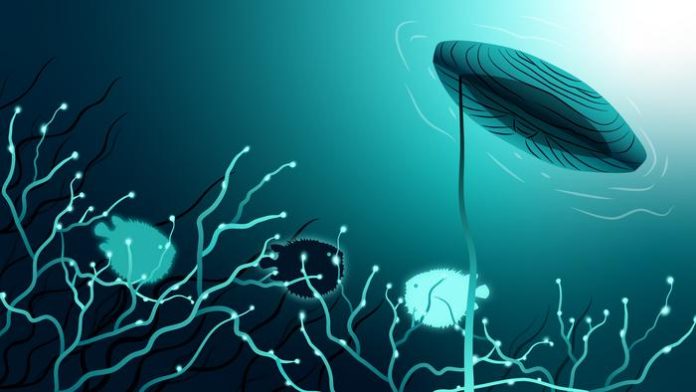Researchers from the Netherlands Institute for Neuroscience, Erasmus MC, and the Champalimaud Center for the Unknown have challenged conventional wisdom about the role of the cerebellum in associative learning. Traditionally considered the “little brain,” the cortex of the cerebellum was believed to regulate this form of learning. However, the recent collaborative study, led by researchers including Robin Broersen, Catarina Albergaria, Daniela Carulli, Megan Carey, Cathrin Canto, and Chris de Zeeuw, reveals the unexpected importance of the cerebellar nuclei in this learning process.
The study focused on mice, using a behavioral paradigm involving associative learning. Mice were trained with two stimuli: a brief flash of light followed by a gentle puff of air to the eye. Over time, the mice learned to pre-emptively close their eyes when exposed to the flash of light. This approach, commonly used to explore cerebellar function, allowed researchers to investigate the contribution of different parts of the cerebellum.
The cerebellum comprises two major parts: the outer layer or cerebellar cortex and the inner part known as the cerebellar nuclei. The nuclei act as the output center of the cerebellum, receiving information from the cortex and connecting to brain areas controlling movements, such as eyelid closures. Contrary to previous beliefs, the study found that well-timed eyelid closures could also be regulated by the cerebellar nuclei, challenging the idea that the cortex was the primary player in this form of learning.
The researchers explored the influence of associative learning on the connections to the nuclei. They discovered that mice exhibiting associative learning had stronger connections from mossy fibers carrying light information and climbing fibers conveying air puff information to the nuclei. In parallel, the Portuguese team used optogenetics to stimulate brain connections with light, demonstrating that cerebellar nuclei could support well-timed learning.
The study delved into changes in connections between brain cells during learning, revealing that in mice that learned, connections from mossy fibers and the cortex to the nuclei became stronger. Using state-of-the-art technology, the researchers visualized electrical activity inside nuclear cells during the learning process. The results showed that in trained animals, exposure to light caused changes in electrical activity, indicating preparedness for the upcoming air puff.
While the study used mice, the researchers emphasize the general anatomical similarity between mouse and human cerebellums. The findings contribute to a deeper understanding of cerebellar function, offering insights into the learning process and potential applications for patients with cerebellar damage. The researchers suggest that stimulating connections to the nuclei through deep brain stimulation might aid in learning new motor skills in the future.















